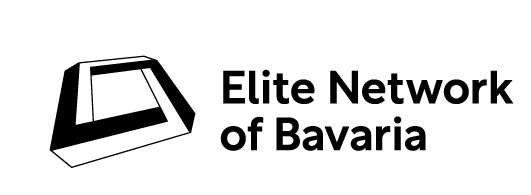With a surface of about 7 million square kilometres, the hydrographic basin of the Amazon is more or less twenty times larger than Germany. It is the biggest tropical river basin on earth. Across this area, from west to east, just a bit south of the equator, flows the Amazon River. With an extension of 6.750 kilometres, the Amazon is more than just a river: it holds five times the volume of water of the Congo River and ten times the volume of the Mississippi. Reaching from mammals to fish, birds, and trees–the Amazon is the habitat of one fifth of all species in the world. The biological diversity correlates directly with the cultural and biochemical diversity of the Amazon. An ancient Amazonian population of 8 to 10 million habitants is considered to be very plausible. Today, the Amazon is the home of about 170 indigenous ethnic groups and 357 communities of “quilombos”, a type of settlement where the descendants of runaway former slaves reside. My talk will focus on (hi)stories about the various ways traditional Amazonian populations (caboclos, indigenous, quilombolas) and their interaction with their enormous and complex tropical environment. How do these communities perceive and use water, dominate fire, interact with trees and animals? How do they fertilize soils, and how do they deal with the things and stuff that compose their material existence, on an everyday basis? By using a narrative approach to history (=(hi)stories), this presentation aims at collecting and representing an image of the Amazon as unfinished narrative. Amazonian (hi)stories are always in the making due to the massive scope of the Amazonian landscape, and it will always remain a little bit blurred, due to the rich complexity of the land, and its human, and non-human inhabitants.
This lecture talk is open to the public (Room 101 | WZU).

